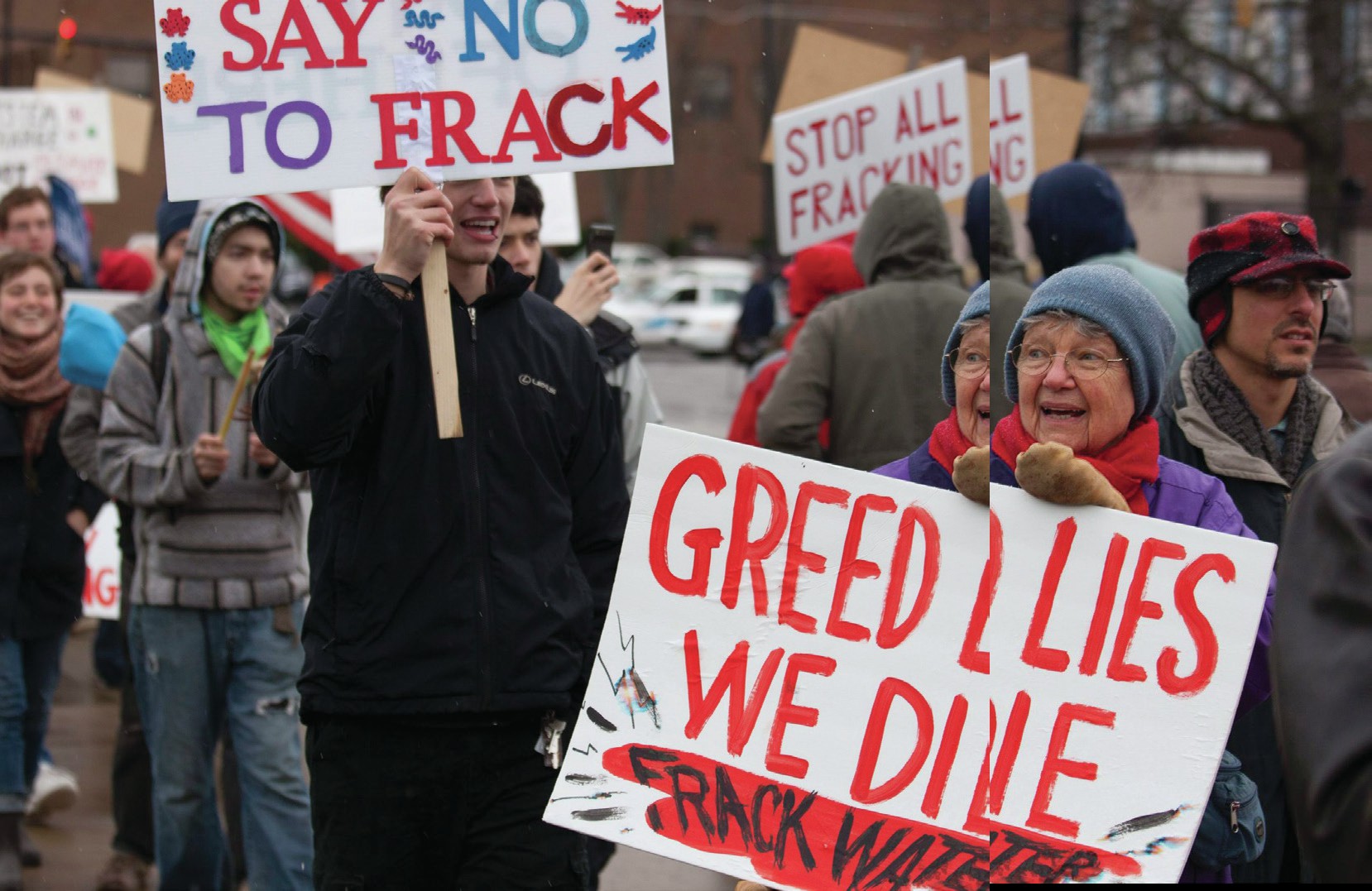
Fracking is a way of extracting natural gas (methane) from shale rock. At drilling sites, a mixture of water, sand and chemical additives is injected under high pressure to depths of several km (Figure 1). The process triggers tiny explosions that disintegrate the hard shale to release methane trapped inside. The gas flows out to the head of the well.
In the mid-1990s technological advances in the process made fracking cost effective and the USA now produces nearly one third of its natural gas this way (Figure 2). Pennsylvania and North Dakota are among the new ‘goldrush’ states where, according to US media, housing shortages mean thousands of migrant rig workers sleep in their trucks. Other countries are rushing to map and exploit their reserves of this unconventional fossil fuel.
Your organisation does not have access to this article.
Sign up today to give your students the edge they need to achieve their best grades with subject expertise
Subscribe




